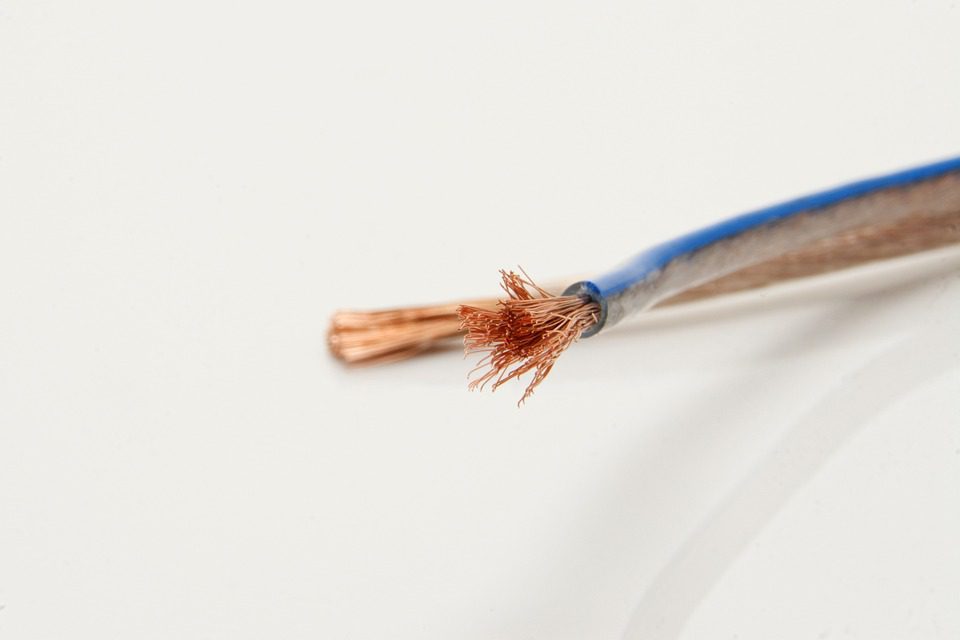If you can’t decide whether to use solid or stranded cable for an upcoming job, you’re in good company. Though it might seem like a clear-cut decision, both types of cable offer advantages and disadvantages. Vetting the pros and cons to come up with the best solution can be difficult.

(Pixabay / Bru-nO)
Here’s a closer look at the detailed differences between the two types of cables:
Solid Cable
This type of cable contains the core of a wire with non-conductive material.
Cost: Usually cheaper than stranded.
Durability: More resistant to corrosion and other environmental wear and tear. For this reason, solid cable is better than stranded cable for outdoor use and heavy-duty applications.
Flexibility: For the most part, solid cable is usually only sold in small gauges, which can make it more rigid. Too much flexing and shaking of the cable over time can cause it to break. Solid cable is not a good choice for intricate designs that require cable to be bent and coiled.
Common uses: Electrical wiring
Stranded Cable
Stranded cable is made up of a bundle of small-gauge wires. It is larger in diameter than solid cable.
Cost: More expensive than solid.
Durability: Stranded cable can degrade under the effects of moisture and other outdoor influences.
Flexibility: Stranded cable is very flexible, making it easier to route.
Common uses: Speaker wire, appliance cables
Summary
In a nutshell, if budget is a major consideration or if you need the cable for an outdoor or heavy-duty application, opt for solid. If flexibility and longevity are your priorities, opt for stranded cable.
For questions about the proper cable for your next project, contact a contract electronic manufacturer such as EMS Solutions.
